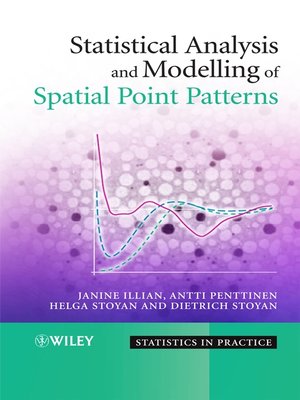Statistical Analysis and Modelling of Spatial Point Patterns
ebook ∣ Statistics in Practice
By Janine Illian

Sign up to save your library
With an OverDrive account, you can save your favorite libraries for at-a-glance information about availability. Find out more about OverDrive accounts.
Find this title in Libby, the library reading app by OverDrive.



Search for a digital library with this title
Title found at these libraries:
| Library Name | Distance |
|---|---|
| Loading... |
Numerous aspects of the nature of a specific spatial point pattern may be described using the appropriate statistical methods. Statistical Analysis and Modelling of Spatial Point Patterns provides a practical guide to the use of these specialised methods. The application-oriented approach helps demonstrate the benefits of this increasingly popular branch of statistics to a broad audience.
The book:
Statistical Analysis and Modelling of Spatial Point Patterns is ideally suited for researchers in the many areas of application, including environmental statistics, ecology, physics, materials science, geostatistics, and biology. It is also suitable for students of statistics, mathematics, computer science, biology and geoinformatics.







